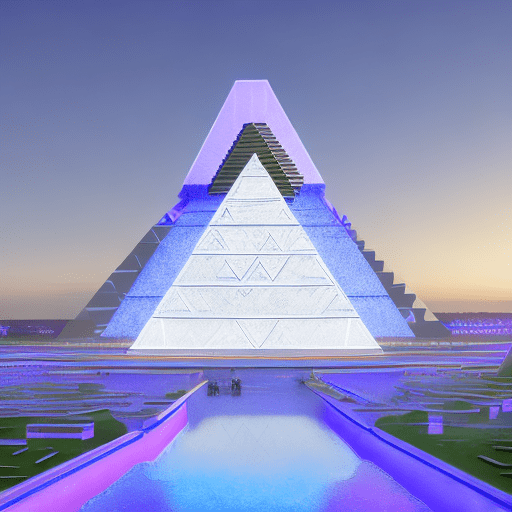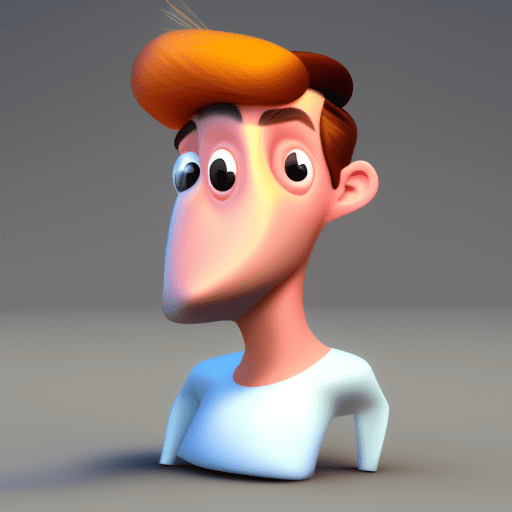The image is meticulously capturing a vibrant pink lip liner pencil, beautifully incorporating the renowned brand ‘FENTY BEAUTY’ inscribed vertically in elegant white font right on the pencil’s surface. Against a backdrop of textured pink with striking horizontal ridges, the pencil shines with an air of sophistication as it stands proudly centered and upright, its tip gracefully pointing towards the skies. The color harmony seen undergoing a beautiful play is apparent as both the backdrop and the pencil itself are closely matched in shades of pink. Delicately finishing off its design, the pencil is crowned with a gleaming metallic cap, allowing light to play gently over its sleek surface.
A detailed image of a pink lip liner pencil with the brand name ‘FENTY BEAUTY’ written vertically in white on the pencil. The pencil is placed on a textured pink background with horizontal ridges. The pencil is centered and oriented vertically, with its tip pointing upwards. The background and the pencil are in matching shades of pink, creating a monochromatic look. The pencil has a metallic cap at the bottom, reflecting light subtly.

Ad Area
Reactions
0
0
0
0
0
0
Already reacted for this post.
YOU MAY ALSO LIKE

0
122
0
December 9, 2024

0
122
0
December 9, 2024

0
81
0
December 9, 2024

0
110
0
December 9, 2024

0
36
0
December 9, 2024

